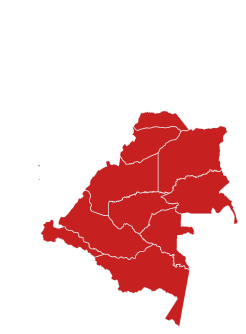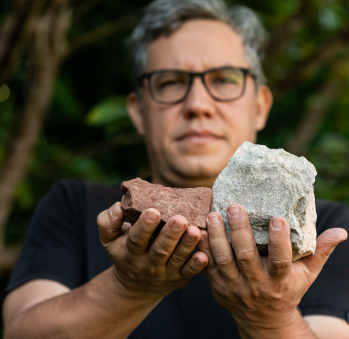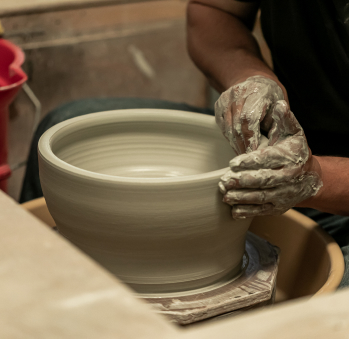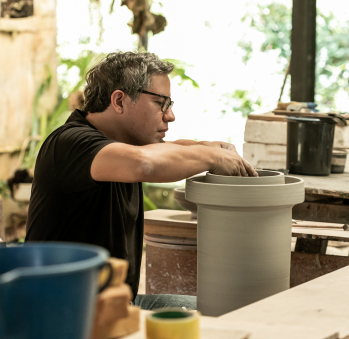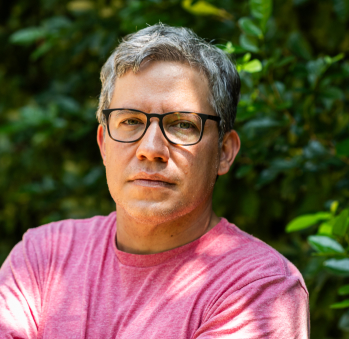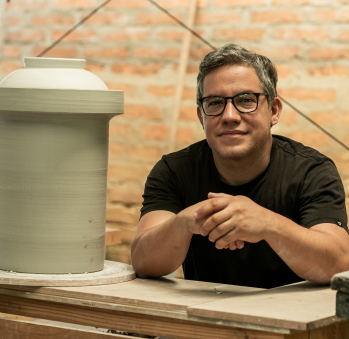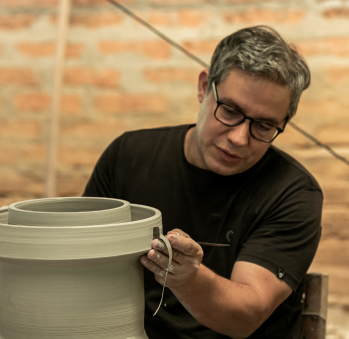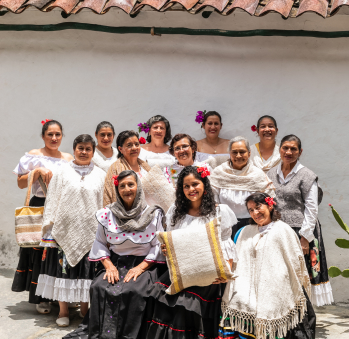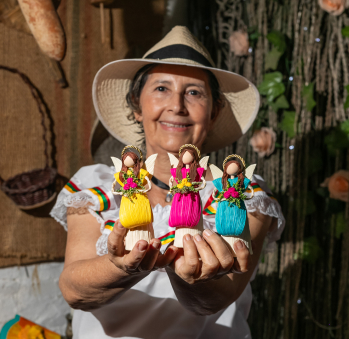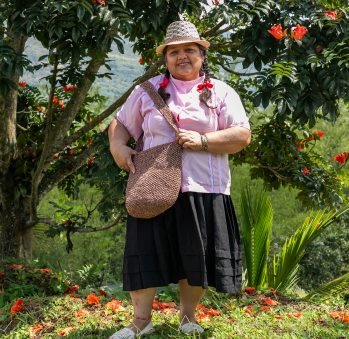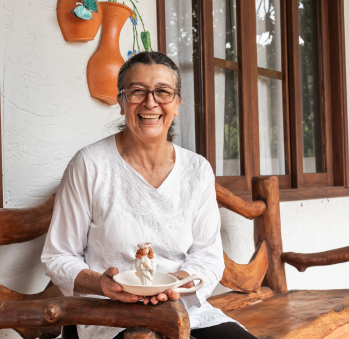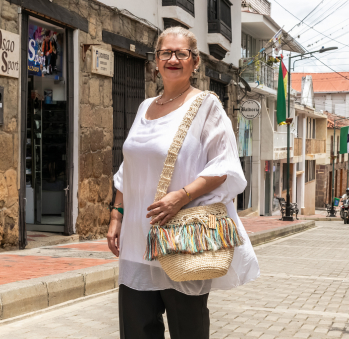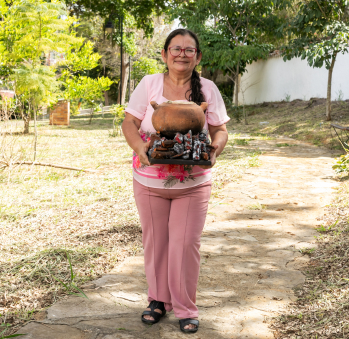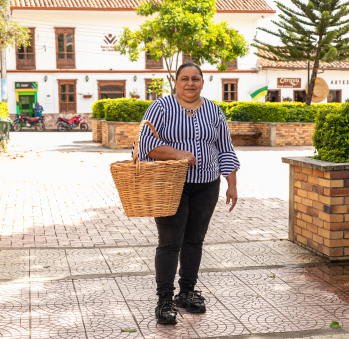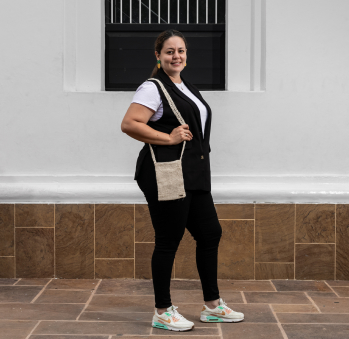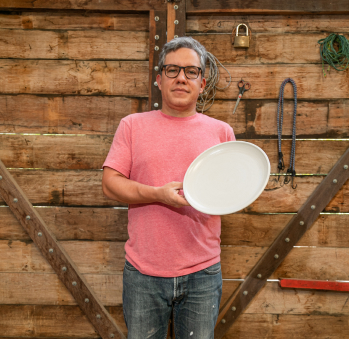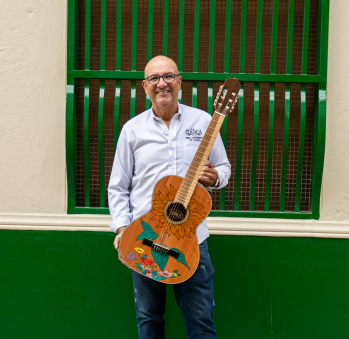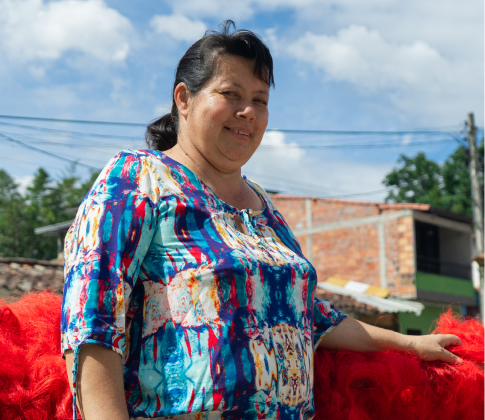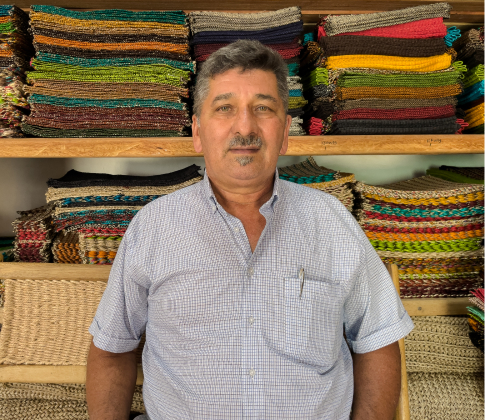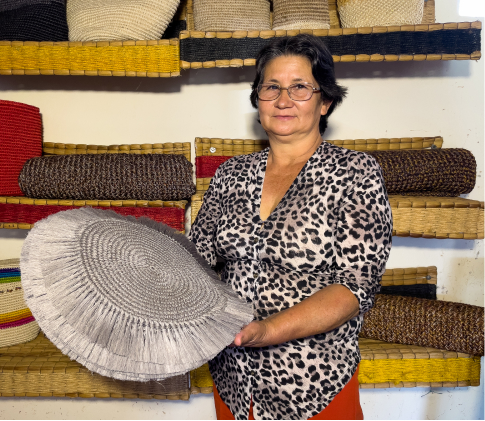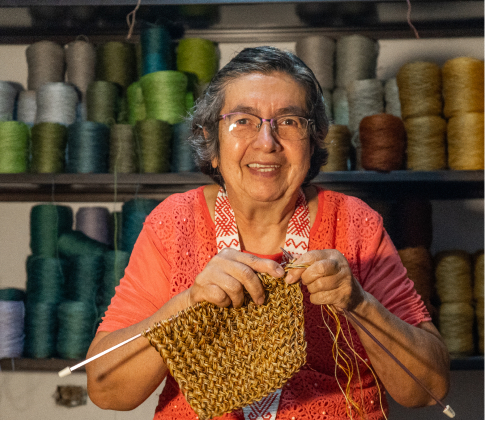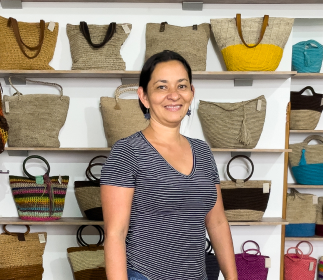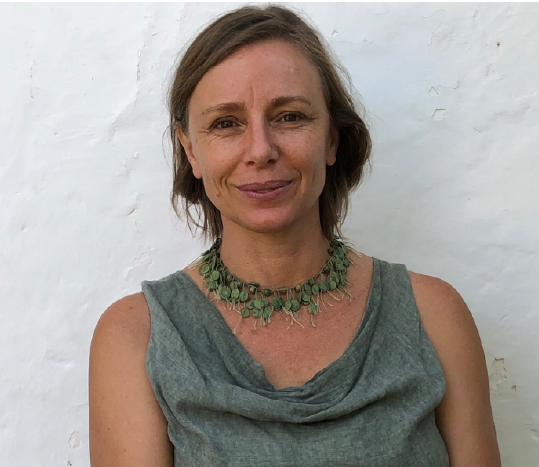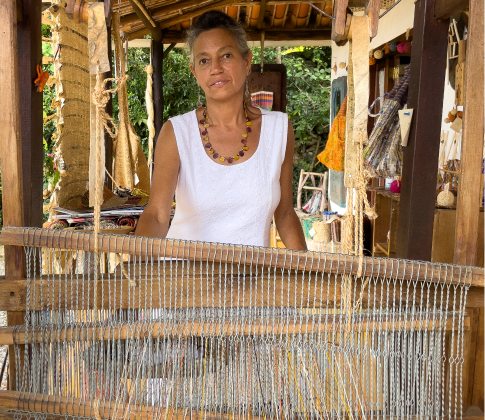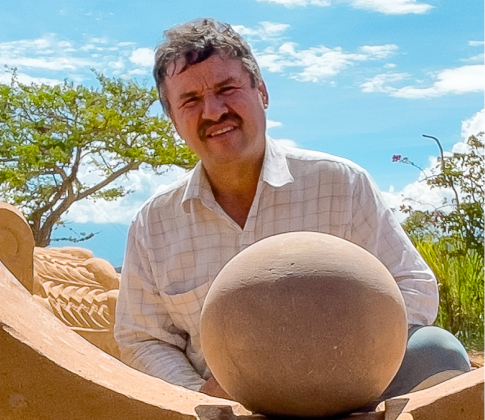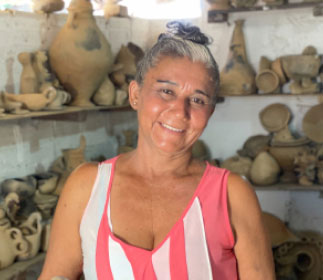Luis Carlos Reyes
Workshop: El Gres del Pato y La Cruz
Craft: Pottery and Ceramics
Trail: Santander Route
Location: Piedecuesta, Santander
Just like the Mallard ducks that migrate south in the winter, the pieces from Gres del Pato and la Cruz are steeped in the very history of migration of their creator, Luis Carlos Reyes. They are the result of a rich blend of knowledge: his studies in industrial design at Pratt in New York, his experience working with Israeli designer Ron Gilad, his ceramics mentorship under his teacher Mako, his classes in ceramic science, and his travels to Seto, Japan’s renowned pottery city. While in Japan, the mountains reminded him of those in his Santander homeland at that magical time when the temperature drops and mist descends. After so many journeys, his territory inevitably called him back.
So, after soaking in diverse influences, guided by the Greek Cross—where the four elements of ceramics come together: the earth that provides clay, the water that hydrates it, and the air and fire that seal it in the kiln—he decided to return. And he came back with a mission. The first thing he did was visit Ingeominas to understand what lay beneath the soil. There, he received a map revealing the tremendous ceramic potential of the country. He then set off to explore the mountain ranges that traverse our nation and our lives, passing through the Sierra Nevada, Norte de Santander, and Santander, skirting past Pasto to the south. He discovered clays in all colors and textures, along with the ideal rocks for melting and preparing ceramic pastes. What followed was a process of grinding those rocks and immersing himself in his workshop-laboratory to conduct experiments that would yield promising results. Once everything was ready, he called upon his Japanese sensei, who couldn’t miss the inauguration ritual of the gas kiln that Luis Carlos had built according to his teachings, using Colombian bricks.
Since then, he has dedicated himself to showcasing the potential of the rocks from the Colombian Andes in his pieces. This is why the forms of his containers are soft and minimally adorned, and the walls are smooth and clean, highlighting the material they are made of. It’s also why the glazes are crafted with local minerals, whose muted colors evoke the cold and mist of the highlands. The greens come from feldspar in the Chicamocha Canyon mixed with ashes from grasses and woods, the metallic blacks from the iron-rich clays of Barichara, and the whites from kaolin mines in the Barro Blanco area of Oiba.
In the Gres del Pato and la Cruz workshop, where Edwin and Amparo play essential roles, there is a steadfast commitment to creating everything by hand. They process the clays, which they receive from the mountain in bags, one kilogram at a time, with the help of a couple of machines. They shape their pieces on the wheel and carefully apply glazes. At the end of the day, they know that when their clay supply runs out, they will seek a new source, never forcing anything, always creating according to what Earth offers.”
Craft
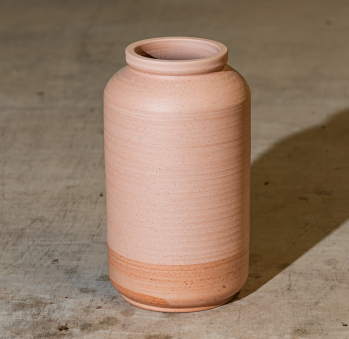
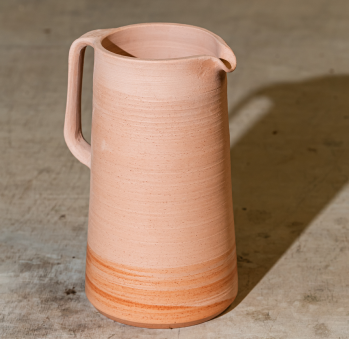
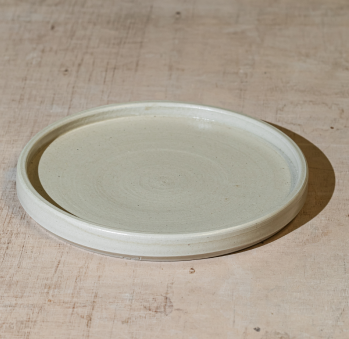
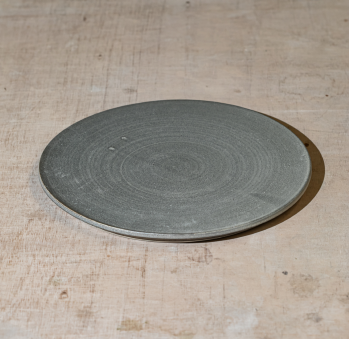
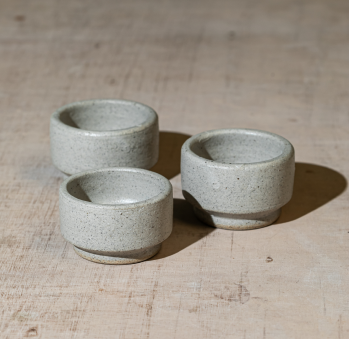
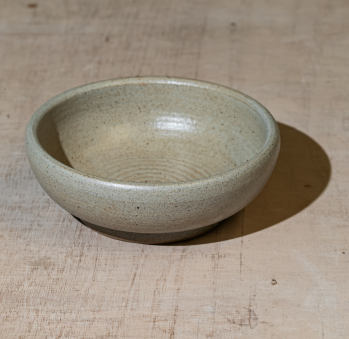
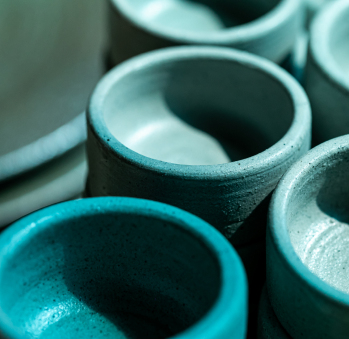
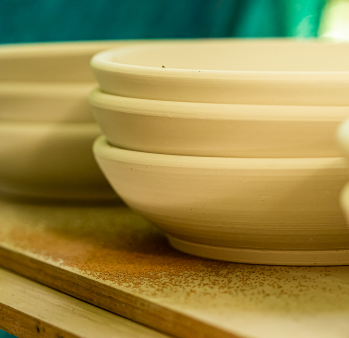








Artisans along the way
Artisans along the way
No puede copiar contenido de esta página

